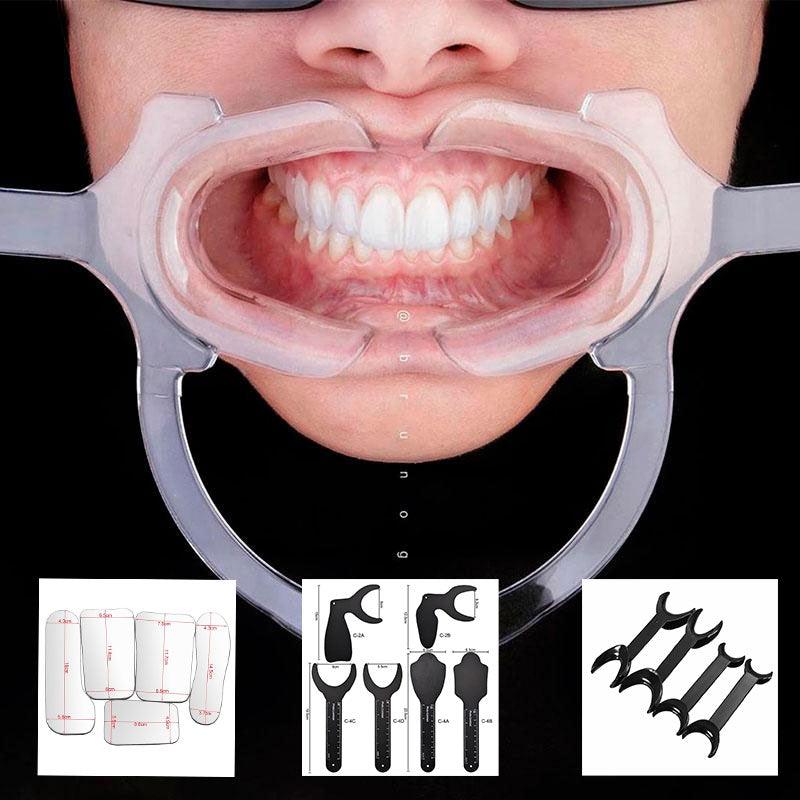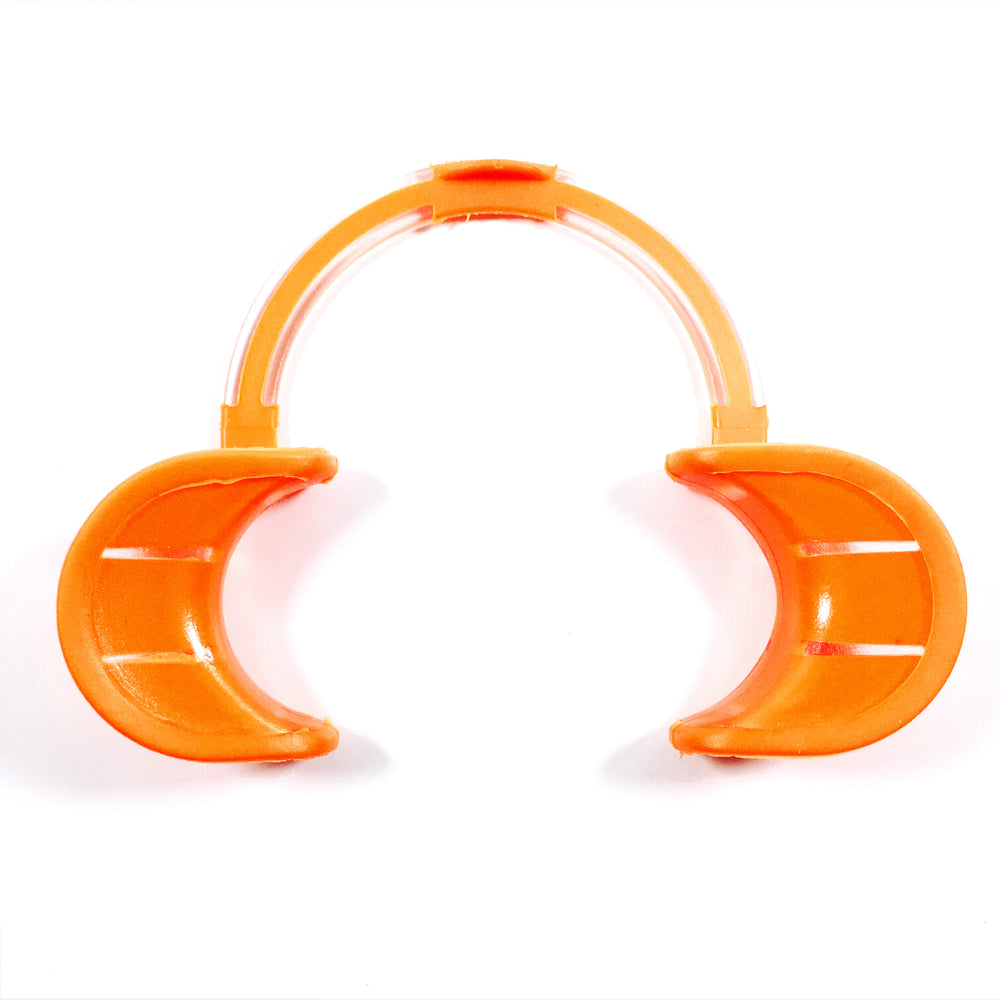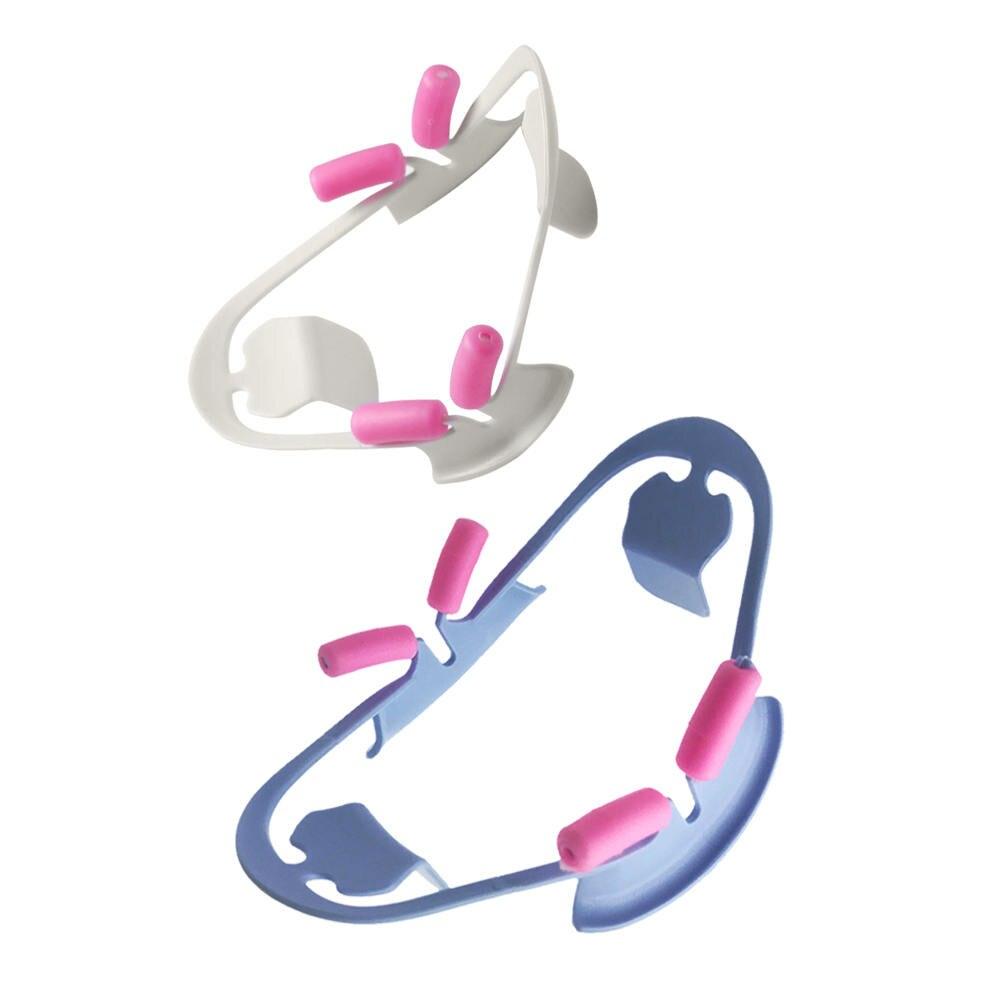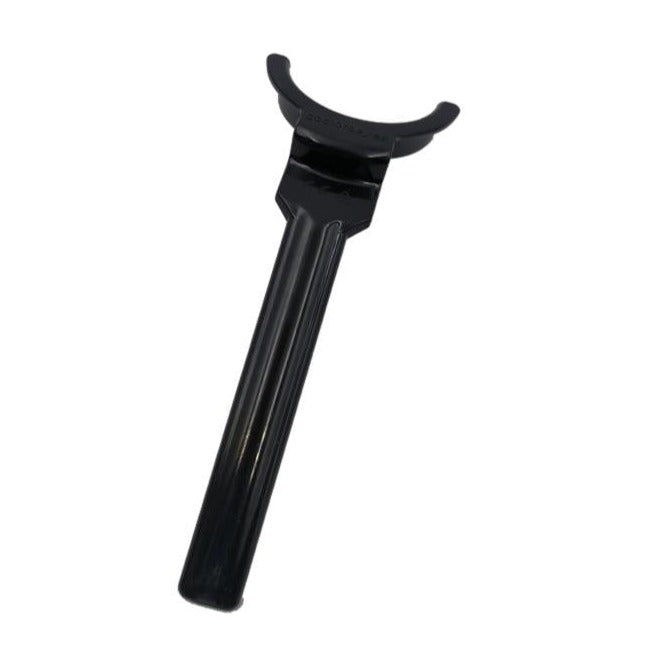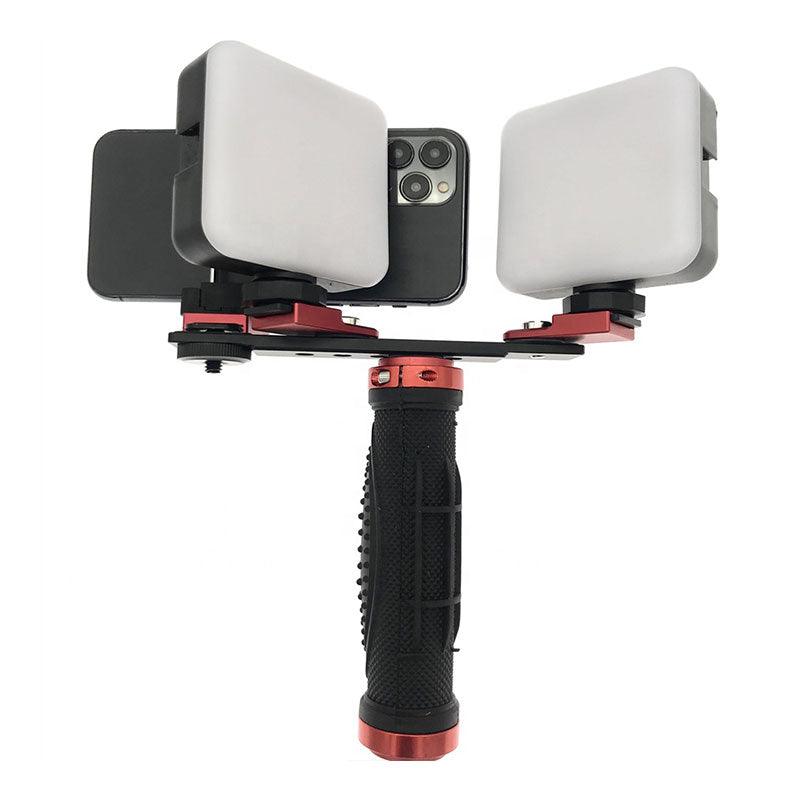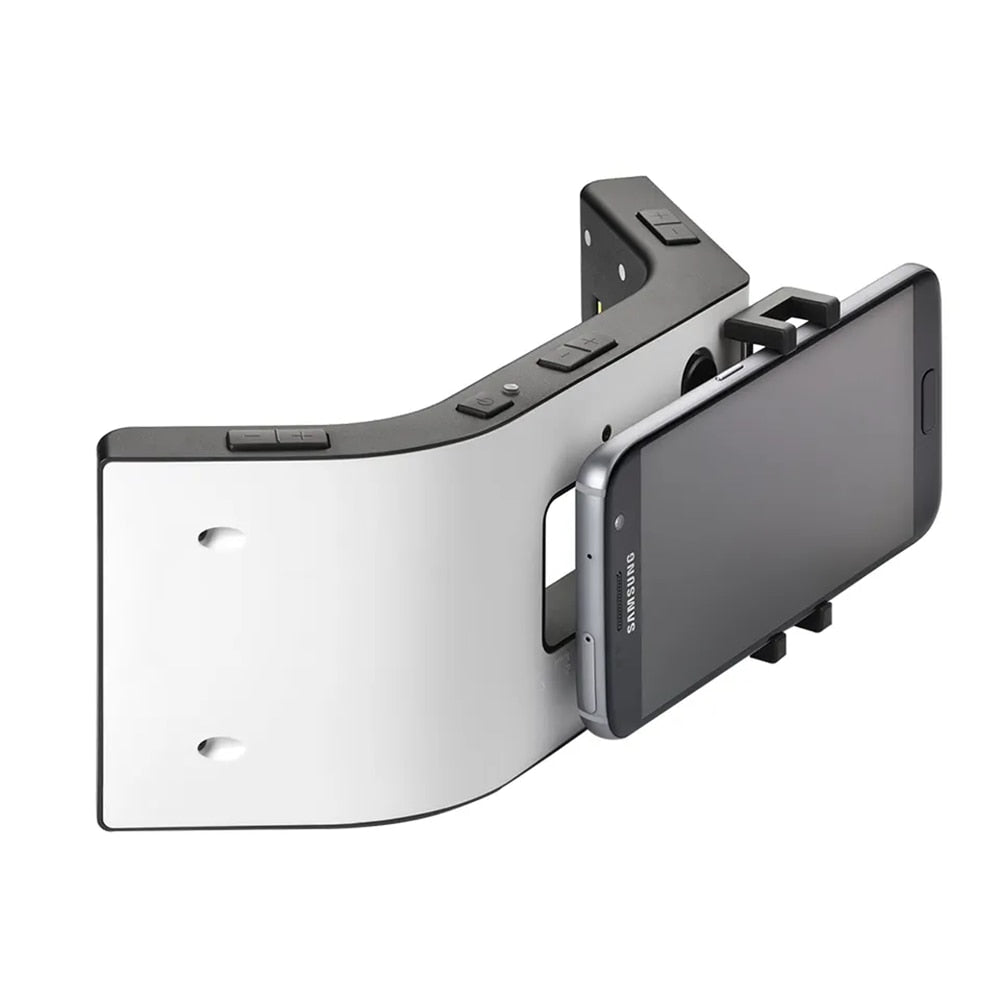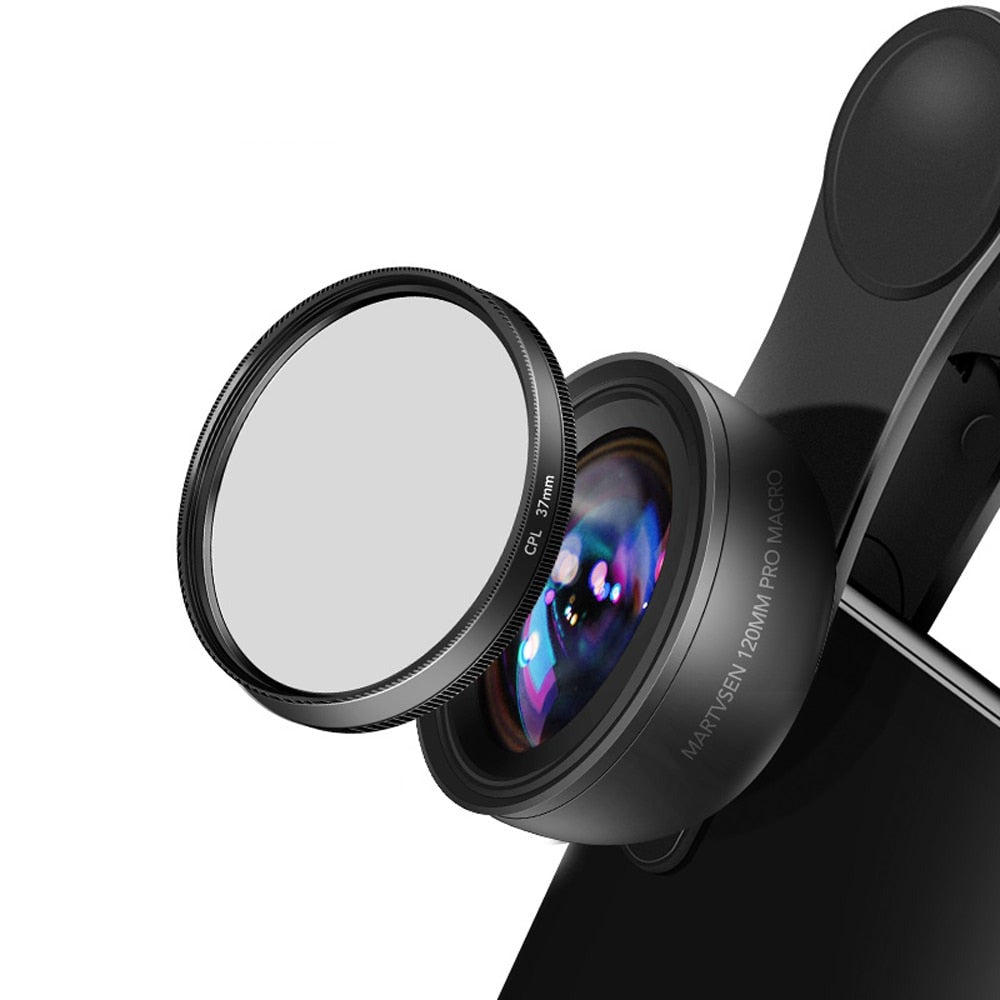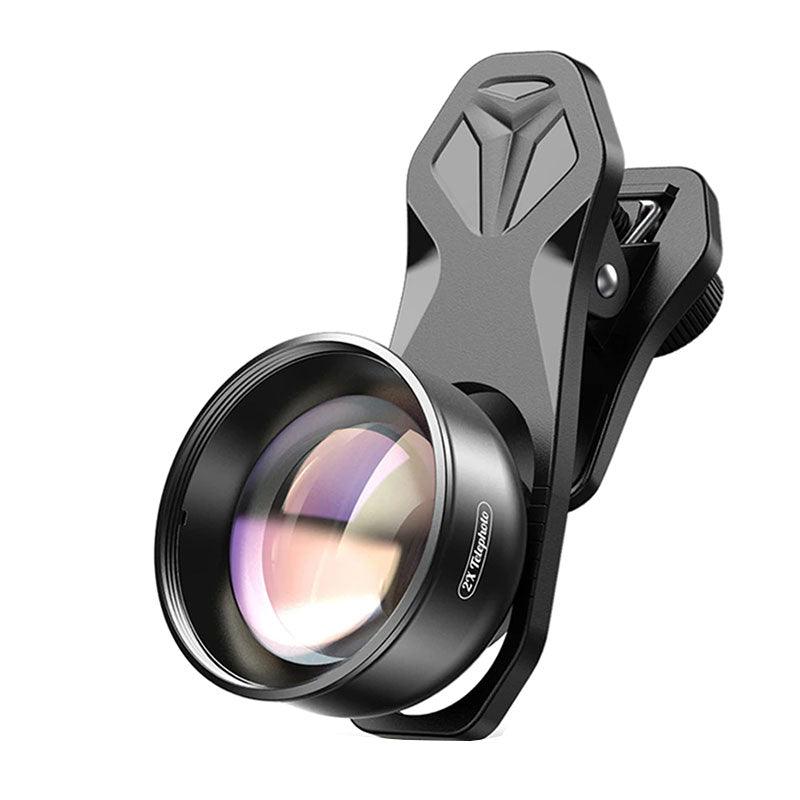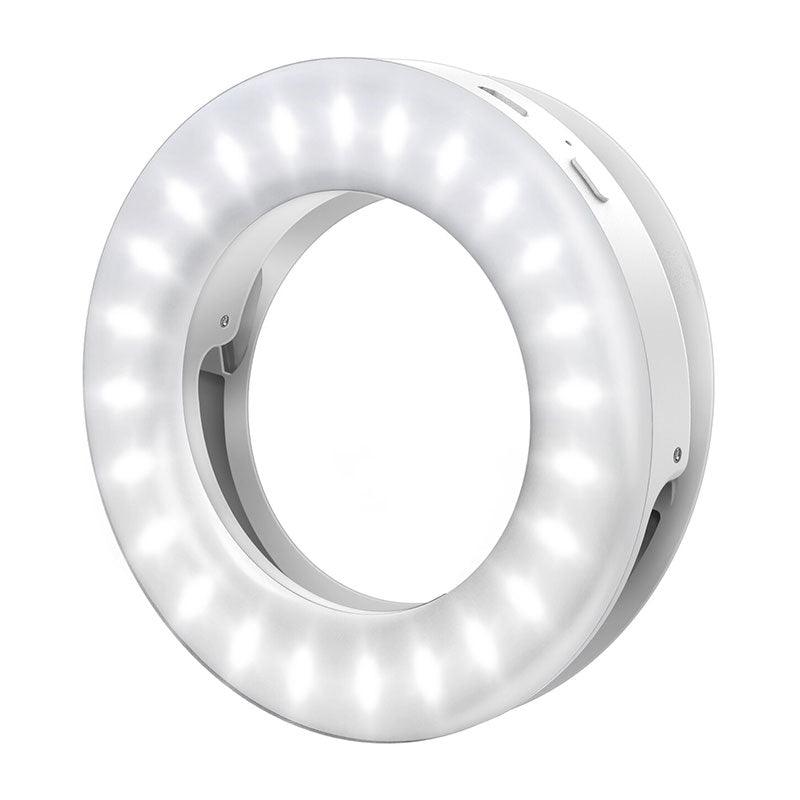In the realm of scientific exploration, dental photography stands as a powerful tool that transcends its clinical applications. It is a driving force behind the enhancement of research and academic publications by providing visual evidence that supports and enriches findings. This article aims to shed light on the significant contribution of dental photography to research and academic publications, offering practical life hacks and insights on how to effectively utilize this visual medium to augment the credibility and impact of scholarly work.
Dental Photography: A Visual Key to Unlocking Research Impact:
Dental photography goes beyond its clinical role, becoming a cornerstone in the foundation of research publications, offering a tangible visual representation of research findings.
1. Documentation of Research Subjects:
Dental photography allows for comprehensive documentation of research subjects, capturing baseline conditions and progression over time.
Life Hacks for Documentation:
1. Standardized Imaging Protocols: Develop and adhere to standardized imaging protocols to ensure consistency in image quality, lighting, and angles.
2. Progressive Imaging: Utilize sequential photography to chronicle changes or responses to interventions, providing a dynamic visual record.
2. Visualizing Research Hypotheses and Methodologies:
Dental photography serves as a visual bridge, helping researchers communicate complex hypotheses and methodologies with clarity.
Life Hacks for Visualization:
1. Image Annotations: Enhance visual understanding by adding annotations to images, explaining specific features or areas of interest within the research context.
2. Side-by-Side Comparisons: Present comparative images to showcase the differences between control and experimental groups, reinforcing the study's objectives.
3. Data Interpretation and Validation:
Dental photography facilitates the interpretation and validation of research data, transforming raw figures into tangible visual insights.
Life Hacks for Data Interpretation:
1. Graph Integration: Overlay graphs and charts on dental images to provide a visual correlation between quantitative data and visual outcomes.
2. Visual Representation of Variability: Use image overlays to illustrate variability within data sets, aiding in the comprehension of statistical findings.
4. Elevating Case Studies and Clinical Observations:
Dental photography elevates the impact of case studies and clinical observations, offering a tangible visual narrative of unique scenarios.
Life Hacks for Case Studies:
1. Visual Storytelling: Craft a visual narrative that complements case study text, guiding readers through the patient's journey and treatment outcomes.
2. Capturing Minute Details: Use macro photography to capture intricate details within the case, showcasing nuances that contribute to the overall narrative.
5. Cross-Disciplinary Communication: A Visual Language for Collaboration:
Dental photography transcends language barriers, facilitating cross-disciplinary communication and collaboration among researchers.
Life Hacks for Collaboration:
1. Visual Abstracts: Develop visual abstracts that summarize research findings through a combination of images and succinct explanations, promoting interdisciplinary understanding.
2. Concise Visual Summaries: Use dental images to create concise summaries of complex findings, enabling researchers from diverse fields to comprehend and engage with the study.
6. Ethical Photography and Participant Consent:
Dental photography within research necessitates ethical considerations, emphasizing participant consent and privacy protection
Life Hacks for Ethical Photography:
1. Transparent Ethical Procedures: Clearly outline ethical considerations, participant consent procedures, and privacy protection measures within the methodology section of the publication.
2. Confidentiality Measures: Employ techniques such as anonymization to safeguard participant identities, adhering to ethical research practices.
Dental photography's transformation into a powerful tool within the realm of research and academic publications is a testament to its visual impact and precision. By implementing the life hacks and strategies outlined in this article, researchers can harness the full potential of dental photography to elevate the quality, authenticity, and influence of their scholarly work. With each captured detail, dental photography contributes to expanding the boundaries of dental knowledge, fostering interdisciplinary collaboration, and reinforcing the visual foundation that lies at the heart of impactful research publications.




